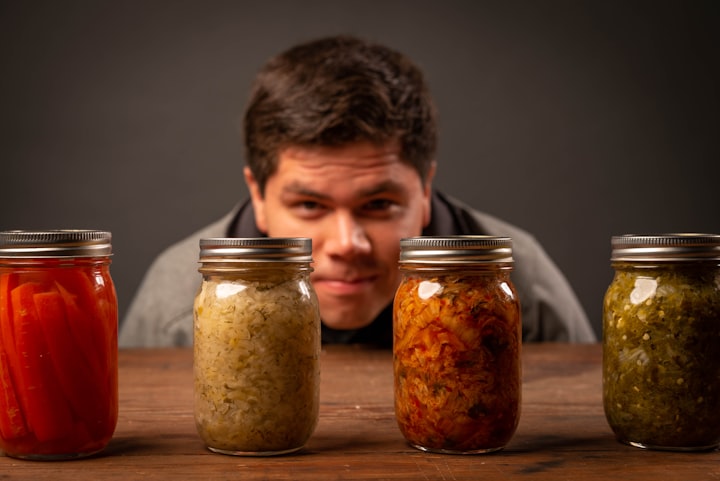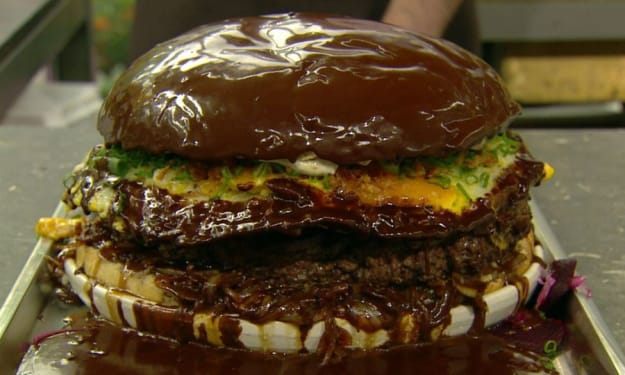
Jerky is one of the oldest snacks in the world. It comes in many flavors, with beef being the most popular choice. Jerky, by definition, is any meat that has been dried, salted, and seasoned. The word jerky dates back to the ancient Incan language, Quechua. It was originally called Ch’arki, meaning “dried meat.” When the Spanish Invaders returned to Europe with the treat, it slowly gained popularity, and it eventually became jerky. Jerky is a lightweight, nutritionally dense food, making it the perfect doomsday treat. Because of how easy it is to carry, jerky has been to space a couple of times. Making jerky is a simple process that requires a few basic ingredients. It requires only one tool to make it, a dehydrator.
Your vehicle makes an ideal dehydrator during an extended blackout. Its air-tight metal frame helps it retain heat in the summer. At 70 degrees F. the car can heat up to 104 degrees F. in 30 mins. When 80 degrees F. it can reach 123 degrees in that same time. In just about an hour, those temperatures can reach as high as 200 degrees! Here is a simple jerky recipe you can make using your vehicle.
1. Select your meat. Any type of meat will work, but flank steak is the universal choice.
2. Cut the meat against the grain into thin, long strips. The thinner the better.
3. Add your favorite seasonings, or marinade your strips for 30 minutes. I’m basic and just use a little seasoning salt and garlic powder.
4. Lay the strips out in a single layer on a cooling rack over a baking sheet. Be extra careful not to overlap your strips. Also, make sure the baking sheet you use is the shininess one you have, or line it in foil. This will ensure an even drying of the meat.
5. Place the tray, or trays, on the dashboard. This is because the dashboard is the hottest part of your car as this faces direct sunlight the longest.
It’s best to put them out as early in the morning as possible to take full advantage of the heat.
During the drying process, you’ll want to avoid using your car. So, pick a day you’ll be staying at home the whole time. Like an oven, every time you open the doors, the temperature inside drops ten degrees every 30 seconds. You’ll want to make sure the car stays as hot as possible to prevent food-borne illnesses.
6. Dehydrate for 24 hours.
7. After the drying process is complete, preheat your oven to 275 degrees and bake for ten minutes. This is just an added step to make absolutely sure it is safe to eat, but this step is optional.
8. Once you pull it out of the oven/dehydrator, give it some time to cool completely before eating. It can be stored in a gallon baggie for 1-2 months at room temperature, or six months in the freezer. Leave it in a cool, dark place away from direct sunlight. If you have any, add a couple of oxygen absorbers to the bags.
Never consume jerky if it:
- smells
- is rock hard
- has a strange taste
- Covered in mold or mildew
Consuming spoiled jerky can result in E. Coli and Salmonella as tainted meat is one of the worst foods to eat. Signs of food poisoning are:
-Vomiting
-Nausea
-Diarrhea
While handling a raw product, there is a risk of foodborne illness. Use caution when using this recipe and don’t eat any questionable food. When in doubt, throw it out.
About the Creator
M.L. Lewis
Welcome to my little slice of pie. This blog will primarily focus on prepping and homesteading skills with a sprinkle of fiction every now and then.






Comments
There are no comments for this story
Be the first to respond and start the conversation.